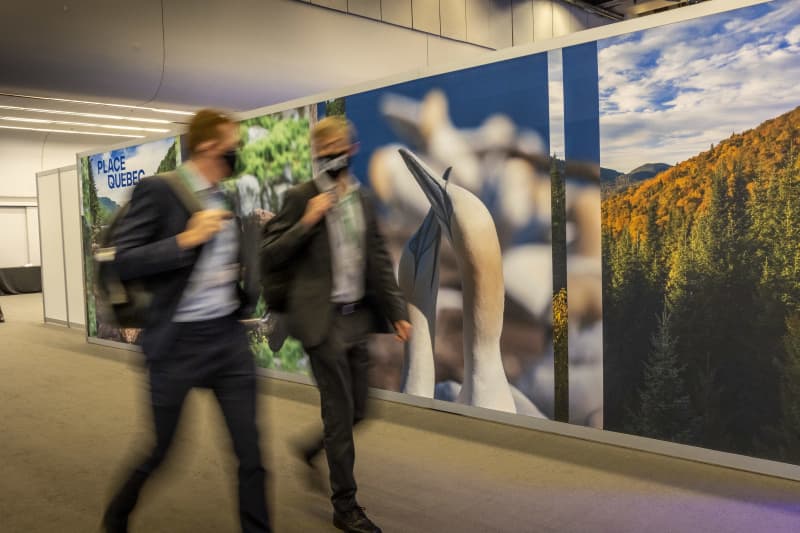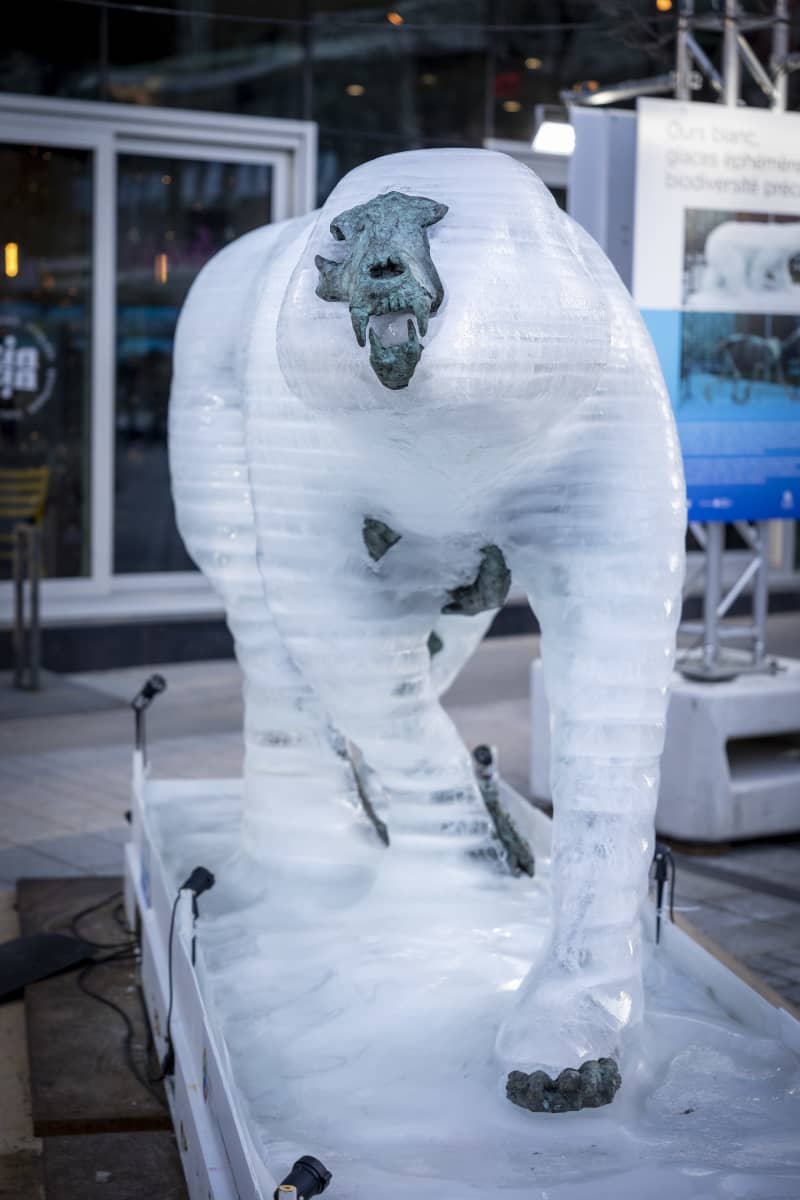Finland and the European Union have led the way on many of the important themes of the conference, but there are also conservation actions where the ambition is higher in other parts of the world.
Negotiations entered their second week today. So far, the meeting has decided on executive and technical issues. The real bone of contention will be on the table, especially in the high-level phase starting on Thursday.
– There will be a result here, that’s for sure,” says von Weissenberg.
Finland participates in the negotiations as part of the European Union. It is particularly important for both Finland and the EU that the package is balanced, especially in terms of its four major goals:
What does Finland want from the agreement?
One of the key goals of the EU and Finland as the negotiations progress is to pressure the rest of the world into the goals that are already included in the Union’s biodiversity strategy.
In particular, the goal of 30 percent of the protected area in land and sea areas by 2030 is one that Finland and many other countries firmly adhere to in the negotiations.
Regarding restoration, i.e. returning the environment to its natural state, Finland would like a global goal of 3 billion hectares.
According to Von Weissenberg, setting quantitative, concrete and measurable goals is of prime importance. Then, for example, it will be possible to justify the allocations and also guarantee that the citizens understand what it is all about.

In addition to numbers, Finland also calls for quality in its goals.
– It is not only the quantity of protection that is important, but also the quality. The quality of protected areas needs to be improved, Finland is really good at it and hopes others will do the same, says von Weissenberg.
In addition, it is important that Finland’s forestry, agriculture and fisheries sectors find themselves in the framework.
For example, the recording of the control of harmful alien species still requires processing. The fight against harmful alien species has been one of the few bright spots in the previous goals drawn up in 2010, and according to Niemivuo-Lahti, Finland and the EU have been pioneers in this work.
Marina von Weissenberg emphasizes that the fight against nature loss also involves actions where, for example, Africa is more ambitious than the EU region.
One example is the Sahel Green Belt, a massive African Union restoration project that aims to plant an 8,000-kilometer-wide forest belt in the Sahara by 2030.
The question of funding hangs in the air
Several environmental organizations are calling for the same goals as Finland and the EU.
Tarvainen also hopes that the Montreal meeting would yield a communication victory similar to the Paris Agreement: the 30/30 protection goal would become as powerful a symbol as the 1.5 degree goal in limiting warming.

Tarvinen also highlights the goal of halving the ecological footprint on a global level related to the sustainable use of natural resources.
This goal has already been supported and opposed during the years of negotiations, although perhaps not always fully understood, according to Tarvainen.
– This is not asking that developing countries should halve their ecological footprint, but that consumption should be reduced, especially in wealthy countries, taking into account the externalized effect of their consumption.
Relations between developing and wealthier countries also involve one of the big questions still hanging in the air at this stage: money.
WWF hopes for an announcement at an advanced stage of the negotiations that Finland would allocate a larger part of its development cooperation to biodiversity measures in the future.
About 0.5 percent of Finland’s development cooperation budget of around 1.3 billion euros is allocated to safeguarding biodiversity. The share is significantly lower than in the other Nordic countries.
Bolsonaro’s perfume still smells in the air
Many countries, for example Brazil – one of the most important players in nature diplomacy – are calling for the establishment of a new fund based on development cooperation. Even though the parties are aware of the need for funding, the wealthy countries are skeptical about the fund idea.
According to von Weissenberg, Brazil’s direction has indeed changed, but there is also a saying circulating in the corridors that Bolsonaro’s perfume still smells a bit in the air.
Brazil is one of the biggest biodiversity superpowers. In its negotiating position, it wants payments for ecosystem services provided by Amazonia. Therefore, Brazil strongly strives to be on the receiving side of the agreement with the strength of the world’s largest rainforest.
The idea is supported by rainforest countries, for example Indonesia and some African countries. Also earlier this fall, at the climate meeting in Egypt, financial issues took center stage and delayed the completion of the meeting.
